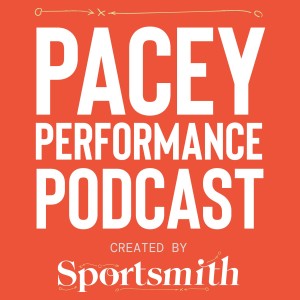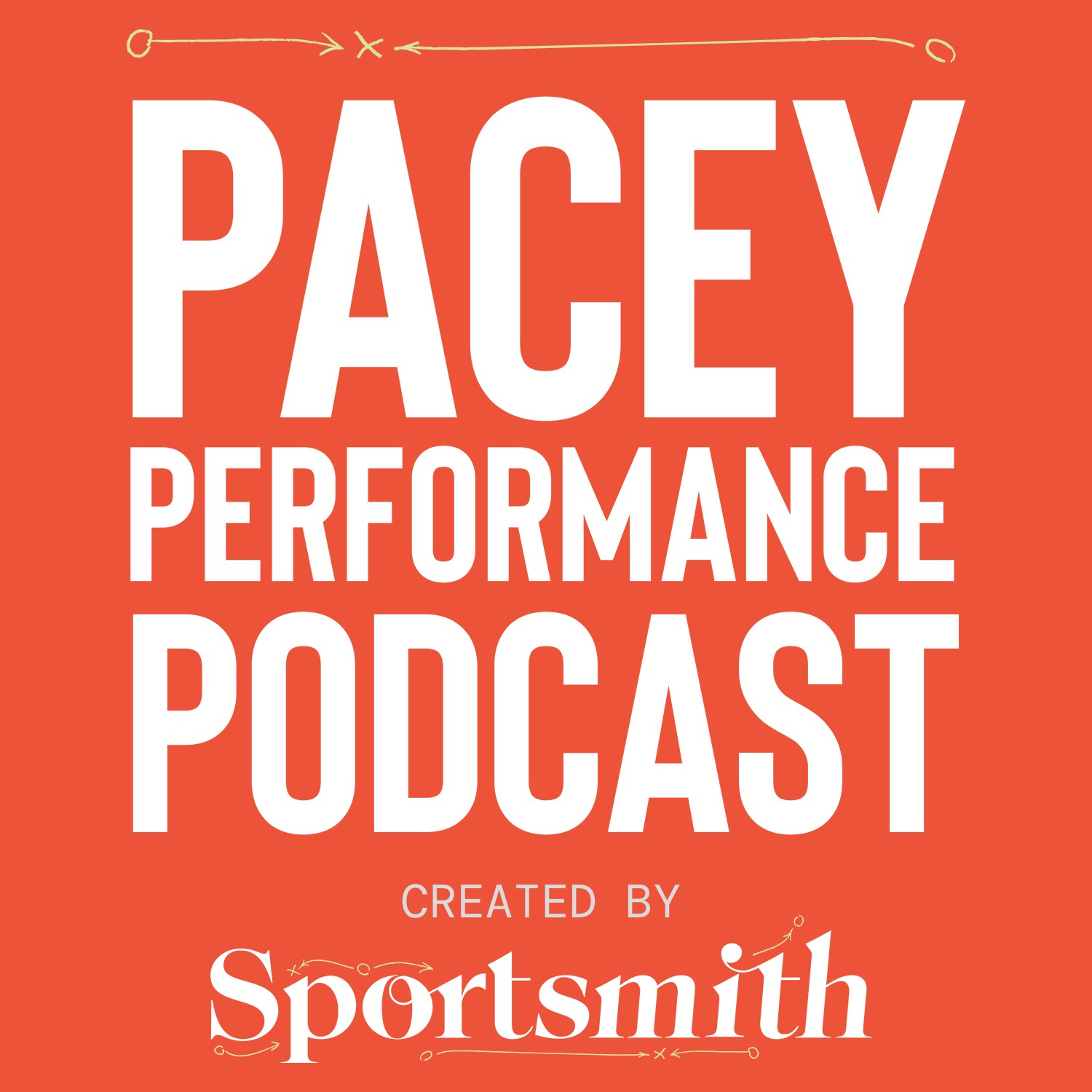Episodes

Wednesday Feb 12, 2025
Reflexive eccentrics: Adaptations, programming and cueing with Anthony Donskov
Wednesday Feb 12, 2025
Wednesday Feb 12, 2025
In this episode of the Pacey Performance Podcast, Rob speaks to Anthony Donskov about reflexive eccentrics. Reflexive eccentric training is gaining recognition for its role in improving athletic performance and reducing injury risk. In this episode, Anthony breaks down the principles, programming, and practical applications of this training method, emphasizing the importance of stiffness, speed, and strategic progressions in athlete development.
Anthony discusses how reflexive eccentrics involve rapid eccentric contractions that enhance force absorption and control. This method is especially relevant for high-level athletes, as it trains deceleration, stability, and explosive reacceleration—all key for sports like hockey. He highlights the importance of clear external cues, such as “grabbing the floor” or “being stiff,” to help athletes optimize landing mechanics and movement efficiency.
The conversation also covers programming considerations, including off-season vs. in-season adaptations, how to balance heavy lifting with reflexive movements, and reducing muscle soreness while maximizing explosiveness. Anthony outlines a three-day cycle of training that incorporates heavy lifts, submaximal speed work, and strategic plyometrics. He stresses the need for individualized assessments, using player cards and radar graphs to track progress and adjust training accordingly.
Despite the challenges in measuring reflexive eccentric adaptations, improvements in jump height, net impulse, and rate of force development suggest their effectiveness. He concludes by emphasizing the importance of structured strength, recovery, and flexibility in athlete programming, advocating for tissue remodeling and long-duration isometrics to reduce stiffness and chronic injury risk.
This episode is packed with practical insights for coaches and practitioners looking to integrate reflexive eccentrics into their performance programs.
Main talking points:
• Reflexive eccentrics enhance speed, stiffness, and reacceleration
• Rapid eccentric contractions improve force absorption and control
• Training should be tailored to athlete experience levels
• Clear external cues optimize movement efficiency and stiffness
• Off-season training should focus on stiffness and strength
• A three-day cycle balances heavy lifts and speed work
• Reflexive eccentrics reduce muscle soreness and improve explosiveness
• Tissue remodeling and isometrics help prevent chronic injuries


No comments yet. Be the first to say something!